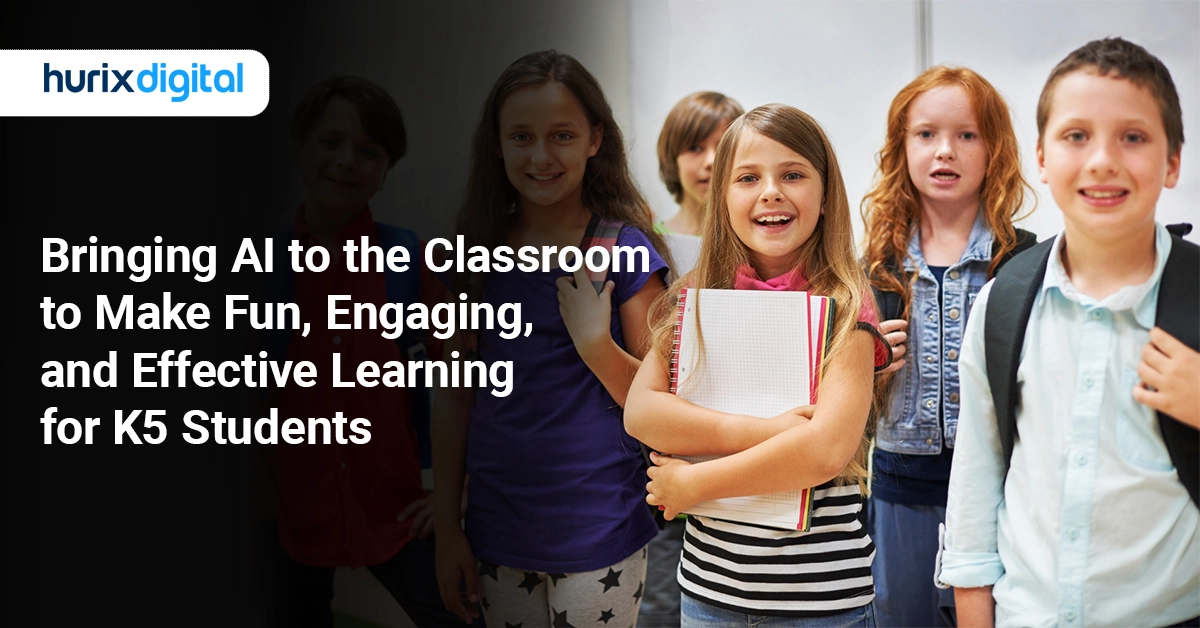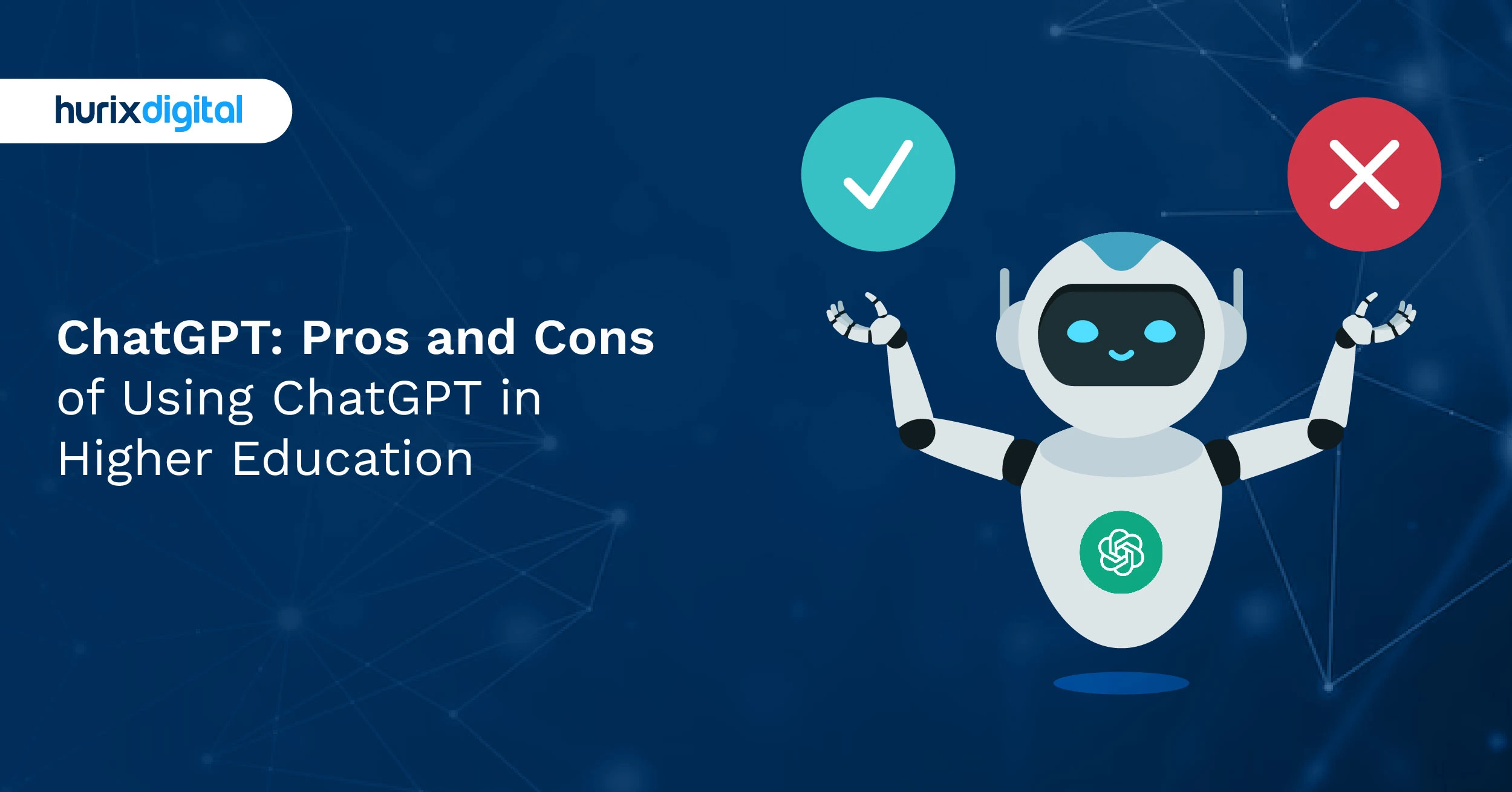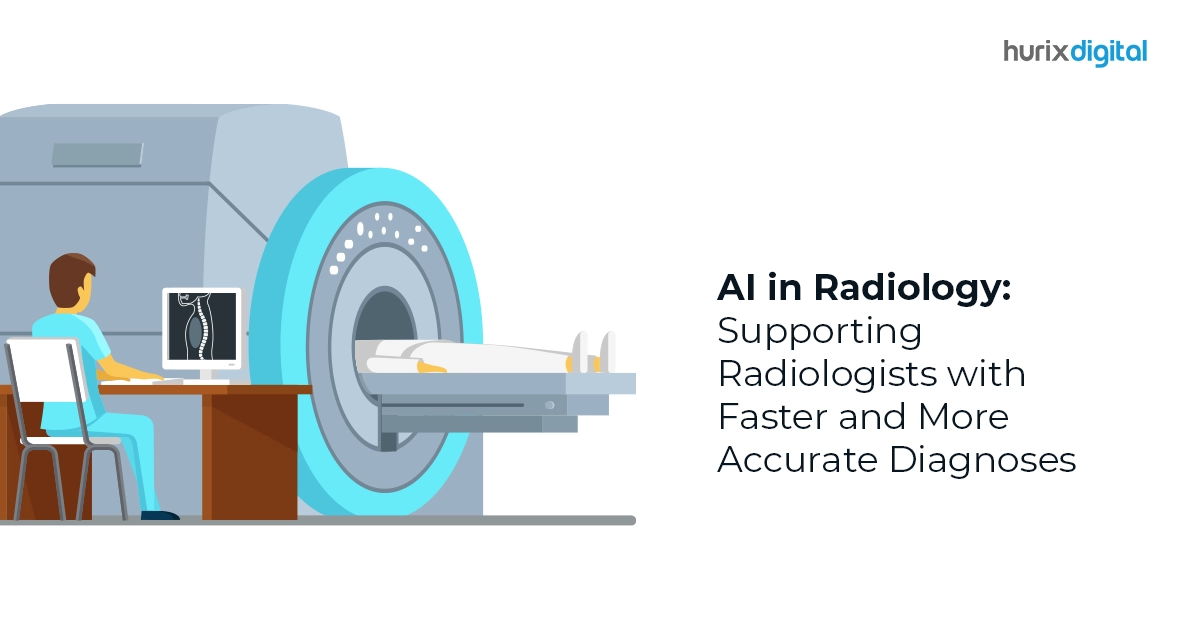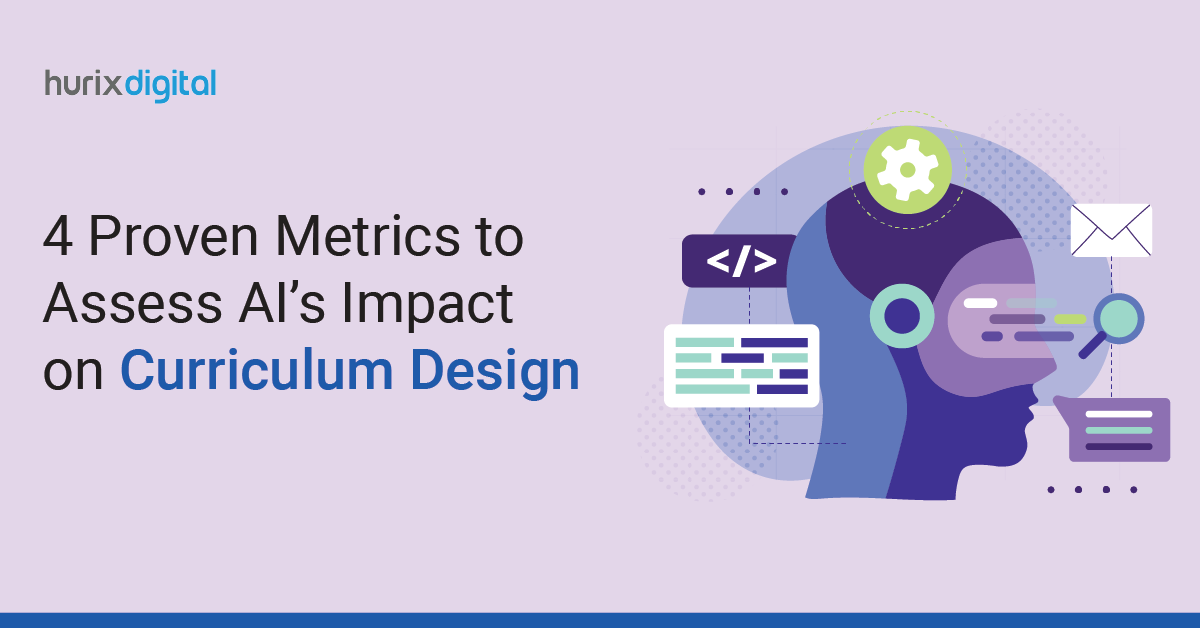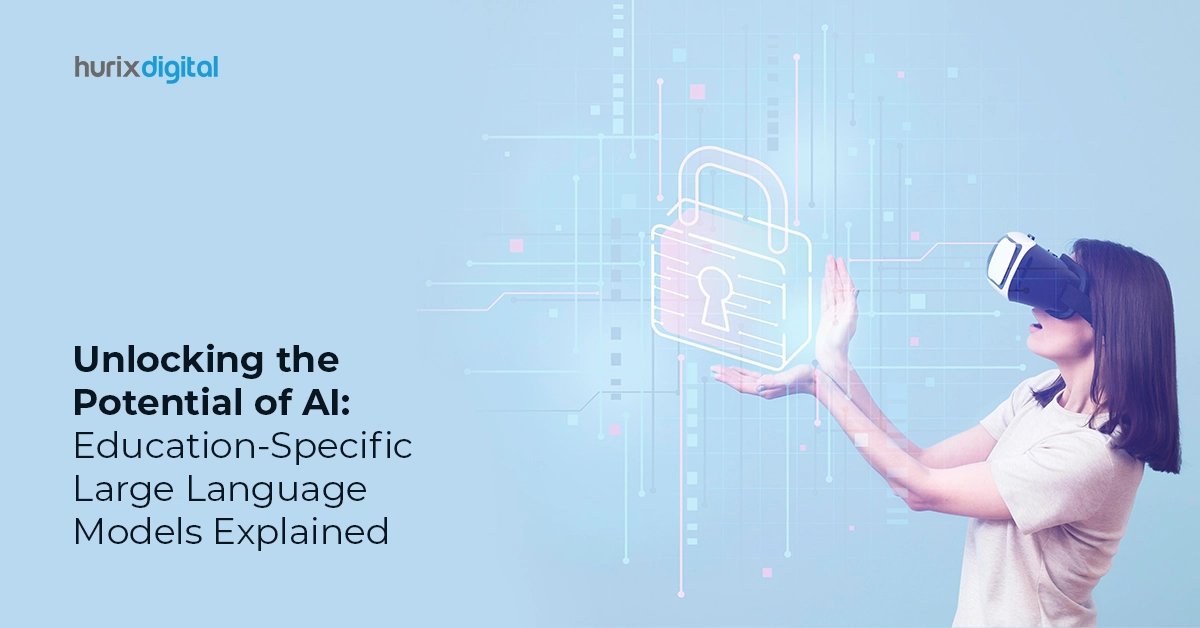
Unlocking the Potential of AI: Education-Specific Large Language Models Explained
Summarize with:
Digital transformation in the education sector is changing the way we learn. Today’s users seek a more interactive, intuitive, and accessible learning experience. There’s also a definitive shift towards serving individual learners more effectively.
This is where technologies like Artificial Intelligence (AI) in education, along with Machine Learning (ML) and Natural Language Processing (NLP), are playing a transformative role in the learning journey. Large language models (LLMs), a type of ML model, for instance, are enabling a spectrum of education-related applications, ranging from language translation and content generation to powering learning-focused chatbots.
In this blog, we deconstruct LLMs and their role in making learning more relevant to a wide range of users.
Table of Contents:
- What are Large Language Models in Education?
- Key Educational Outcomes Driven by Large Language Models
- Natural Language Processing in Education vs LLMs
- The Takeaway
What are Large Language Models in Education?
Large Language Models (LLMs) in education are AI programs that help recognize and generate text. They work with large volumes of textual data to understand the subtle nuances of human language, such as semantics, syntax, and grammar.
By processing textual data, LLMs can automate data generation and the modification, summarizing, and translation of text. These LLM capabilities are being leveraged in several practical applications. These include automating lessons, grading lessons, generating feedback, and automated recommendations of learning resources.
Let’s understand some of the key outcomes of LLMs in contemporary education today.
Also Read: From Fiction to Future: AI in STEM Education – Simulating Experiments and Exploring the Unknown
Practical Applications of Large Language Models in Education
Learning platforms are harnessing the capabilities of LLMs in many ways to create more value for learners. Here are some important educational AI applications of LLMs:
1. Creation of Personalized Learning Pathways
Traditional education assumes that all learners of the same age have the same abilities. Hence, learners need to follow similar learning pathways. However, a more contemporary school of thought identifies that learners have diverse needs.
Hence, learning environments are shifting towards personalized learning paths designed to keep pace with individual learners’ strengths, abilities, and proficiency. Personalized learning with AI enables learning platforms to assess a learner’s knowledge, skill levels, and goals and recommend a personalized learning pathway.
2. Personalized Assessments and Instant Feedback
Assessing a learner’s progress is an important step in the educational journey. Traditional assessments follow a one-size-fits-all model and are conducted after longer intervals. They consume a significant amount of human and financial resources.
However, the use of AI in education, and specifically LLMs, automates the creation of assessments based on a learner’s proficiency level. Assessment formats are also becoming innovative. For instance, gamified assessments use leaderboards, challenges, and reward systems to nudge learners to compete and test their knowledge.
Human interventions such as manual grading, which slows down the process, are eliminated. Learners can receive instant grades, feedback, and detailed reports instead of waiting a long period for results.
3. Growth of Adaptive Learning Systems
Today, LLMs are enabling learning platforms to deliver adaptive learning systems to millions of learners. Adaptive learning is a learning methodology that uses data and technology to automate the creation of learning experiences based on a student’s specific needs.
For instance, if a student makes errors when tackling a specific subject matter, the lessons are tailored to help the learner achieve mastery over those sections. Continuous revision and practice are pillars of the adaptive learning process.
This learning methodology helps reduce teacher interventions while gently nudging learners toward self-learning. They can learn anytime, from the comfort of their mobile phones.
4. Fosters Growth of Micro-Learning
Transformative AI technologies are motivating users to learn every day through the practice of micro-learning. This practice refers to learning in small doses via bite-sized learning modules.
For instance, a learner can watch a video and answer a few connected questions within five minutes. The learner can also engage with a chatbot to access information in small doses or take a test consisting of three to four questions at a time.
When coupled with learning on one’s mobile, micro-learning becomes highly accessible, encouraging more learners to dedicate a few minutes every day to learning.
5. Strengthening Language Learning
Language learning has essentially four aspects to it – reading, writing, listening, and speaking. The use of AI in education is revolutionizing the learning of languages by solving specific complexities.
Teaching pronunciation without the support of a physical instructor, for example, is perhaps one of the most challenging aspects of language learning online. However, the use of technologies such as Natural Language Processing (NLP) in education and LLMs is helping to address this challenge.
Technology enables the recognition and evaluation of speech, thus helping language learners improve their speaking skills authentically.
6. Growing Usage of AI Chatbots
Today, several AI chatbots are leading the charge in helping learners grow their skills and knowledge. AI-powered learning chatbots interact with learners in several ways. For example, learners can ask open-ended questions and get access to a wide range of answers to their queries within seconds.
Chatbots can help learners formulate test answers, evaluate answers, and provide recommendations for improvement, such as learning resources. The growing popularity of chatbots has prompted learning platforms to give them character and personality, making them endearing to users on a self-learning journey.
Natural Language Processing in Education vs LLMs
NLP is a branch of AI that specifically works with language-based data. Both NLP and LLMs have similar uses. NLP uses multiple models to carry out other different tasks, whereas one LLM can carry out multiple tasks.
On the other hand, an NLP may be more efficient when carrying out a specific task than an LLM. Hence, it is important to discern when to use NLP or LLM and when both can be used together.
The effective use of these technologies has made learners less dependent on human instructors. They can learn on their terms and stay motivated throughout the learning journey.
Also Read: Generative AI in Education: Know Meaning, Benefits & Challenges
The Takeaway
The adoption of AI in education by publishers and learning platforms is enabling them to reimagine the learner’s user journey. They can make learning more accessible to a wider spectrum of audiences, thus creating the potential to reach untapped markets. By making early investments in this technology, companies can stay competitive and relevant in the dynamic education sector.
If your organization aims to personalize and reimagine learning experiences, Hurix Digital is geared to support you in meeting all your company’s learning needs. Our state-of-the-art Learning Management System is available both as a licensed version (one-time buy) and via a subscription model.
Contact us to start a conversation!
Summarize with:

Senior Vice President
A Business Development professional with >20 years of experience with strong capability to sell new solutions and develop new markets from scratch. New Market Entry Specialist with experience working in the largest emerging markets. Exceptional experience in conceptualizing, ideating and selling new learning technologies like VR AR, etc. across multiple industry verticals.
 A Space for Thoughtful
A Space for Thoughtful 
